Why Money is Energy
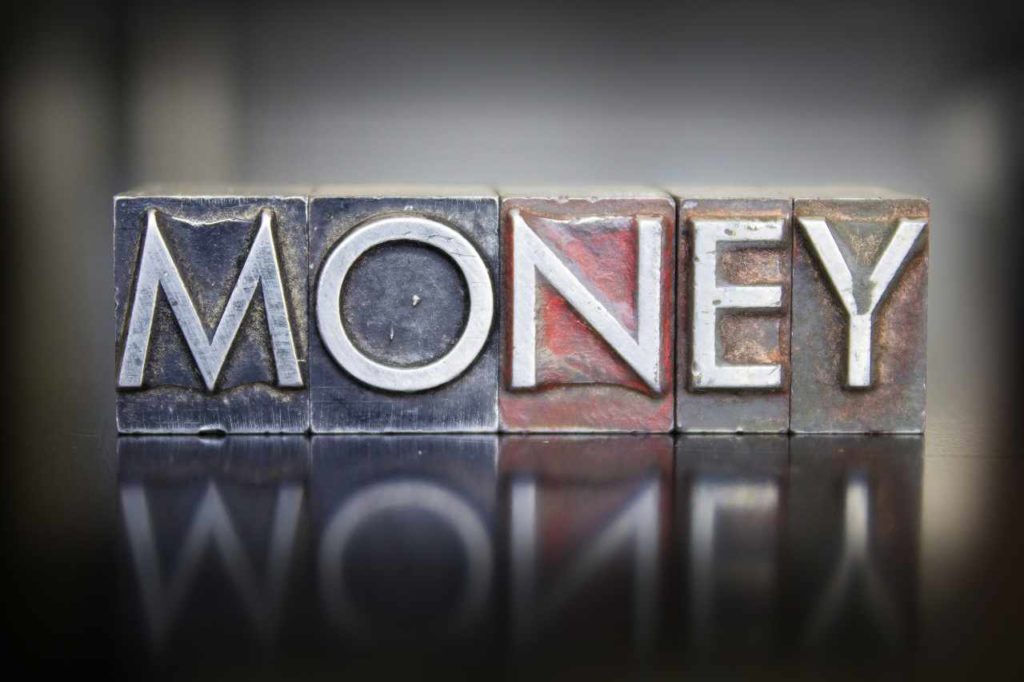
Money is enigmatic—most people don’t think much about what it really is, and understand it even less. But it is much like human relationships; if you don’t make an effort to understand a person, you are not likely to have a satisfying and enriching relationship with them.
So, what is money? According to those who study money, there are three aspects that should ideally be present (but are usually not). (Lewis, 2018)
Money is a medium of exchange. This means that, say, if I want some of your goats, I need to give you something you value enough for you to part with them. You might want a new canoe, but unfortunately I don’t have one, and you don’t want any of my cows. So money would be an accepted medium for me to get your goats, and for you to eventually get a canoe.
Money is a store of value. Having received money as a medium of exchange I don’t want it to lose its value, although I wouldn’t mind if it gained in value. If I built someone a house and received some money, and say it could buy forty goats today, I would want it to be able to buy forty goats tomorrow and next month.
Money is a unit of account. How do I measure my wealth, or how well my business is doing? Saying that my wealth is one house, four goats, two cows, and one canoe is a bit cumbersome. But if I used money to measure the value of each item, and added up the values, I could use the resultant units to compare with previous years, or to other people.

Inherent value of money
Money is a representation of value, but in itself has no inherent value. It hasn’t had inherent value for a very long time, perhaps since people used cows as money. Cows have inherent value because they can be very useful. In some countries, a person’s cattle represented their wealth and also kept them alive. The legal word for an asset that is not land is chattel.
Money historians say that gold or silver as money had intrinsic value, but I disagree. Silver and gold may be useful for electronics and jewellery, but, historically, their value as “precious metals” had little practical basis. The value of gold and silver was based on a socially-accepted idea.
We don’t know how gold and silver came to be regarded as valuable; perhaps there is a profoundly spiritual basis, hence the quest of alchemy to convert “base metals” into “precious metals” has been considered a metaphor for spiritual transformation.
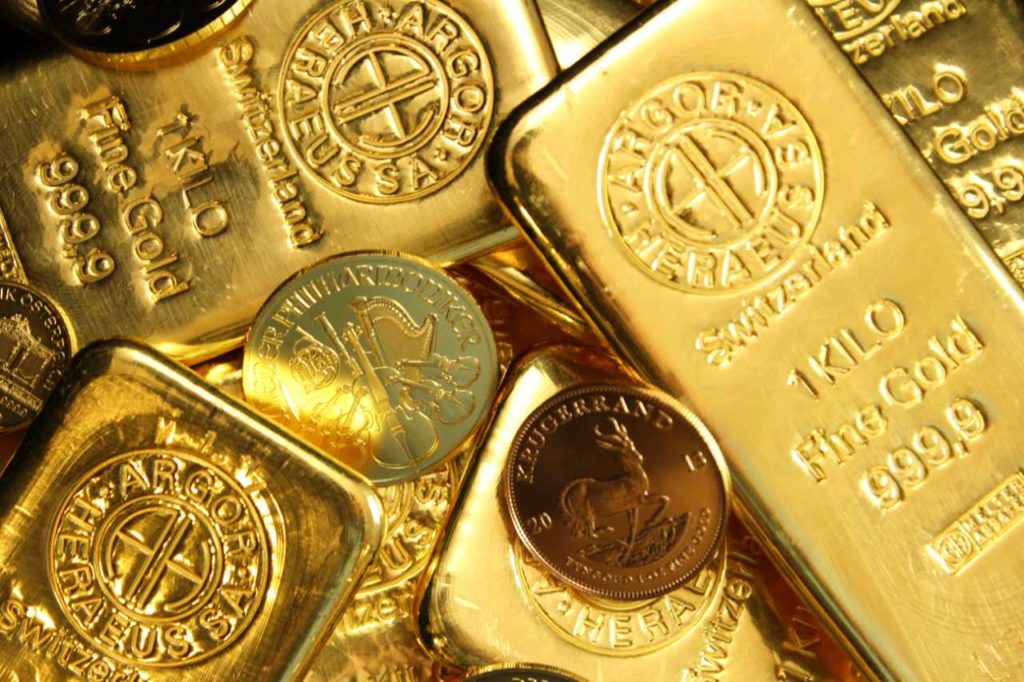
The debasement of money
The history of money is the history of debasement of money (Galbraith, 1975). Whenever people find ways to reduce the value of money, they will swap good money for bad. Governments would try to reduce the amounts of “precious metals” in their coins; people would realise it and use the debased coin while keeping the good coin as assets. Eventually the money in circulation became virtually worthless, people were impoverished, and societies broke down. This happened to the great city of Athens as well as the great Roman Empire. This is also happening to the US Dollar, to which most of the world’s currencies are linked. Its purchasing power has dropped by over 96% since 1913 (St Louis Fed).
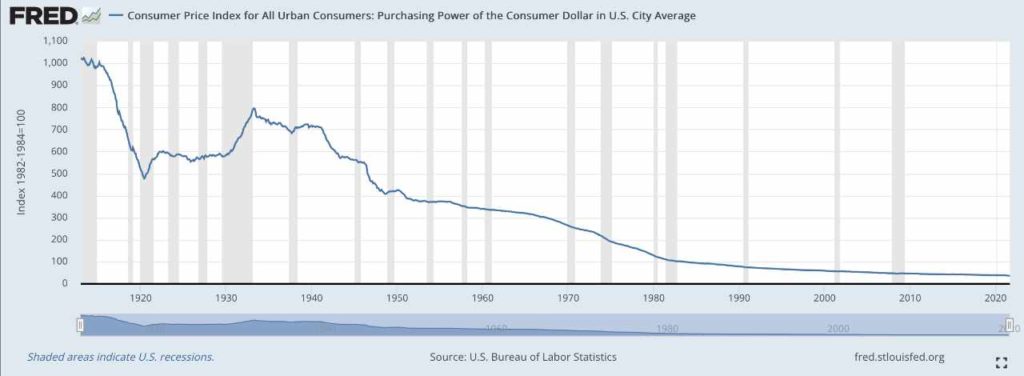
The value of paper money is also based on an idea. Originally, it represented a promise by the issuing bank to swap it for gold when redeemed, but now, the value of paper money is pure smoke and mirrors. If you took some paper money to the bank, you would not get gold. You might get some new notes, or your account might be updated.
Governments are accused of printing money during the COVID era. This is not strictly true; I haven’t checked the production figures, but I doubt governments have actually printed more physical money—after all, when you got your wage subsidy, you didn’t get a wad of cash sent to you, did you? No, you got a note telling you your bank account had been updated.
Money is becoming more ethereal
As we become a cashless society, money becomes more ethereal. It transforms from physical, tangible matter, to intangible binary code that creates the illusion that you are seeing numbers change on your computer screen (these are only pixels created from “bits” which are based on binary code). Everything you see “in” your computer, no matter how cleverly it is designed to look like a real-world environment, is an illusion.
Therefore, in the modern world, receiving and giving money is entirely illusory. There is no physical money being exchanged, there is no longer even a physical book somewhere in a bank in which accounts are written. Literally, everything is binary code. The world of money is zeroes and ones, represented by microscopic switches on computer chips being on or off.
…in the modern world, receiving and giving money is entirely illusory.
Which brings me to my main point: money is ultimately based on an idea of value. The idea has no tangible, physical existence, yet it is able to represent physical things and cause action in the world. What causes action? Energy!
Money is energy in a “scientific” sense because it causes action. It is energy in the “metaphysical” sense because it has flow, it creates feelings and emotions, and it influences the mind.
If you look at ancient vitalistic concepts of energy, such as in yoga or traditional Chinese medicine, subtle energy is the link between body and mind. When energy flows, we have “feelings.” When the flow is disrupted, we don’t feel well and eventually become ill. Our mental states are influenced by our energetic states.
Energy psychology shows that “negative emotions” are actually disharmonious energy patterns (Feinstein et al., 2005). These can be alleviated through acupuncture, acupressure, tapping methods such as Emotional Freedom Technique (EFT), and yogic breathing (pranayama). EFT has been used successfully for trauma victims such as after the Serbo-Croatian War and the Indonesian tsunami.
If we can start understanding money as subtle energy, this means we can use energetic techniques to restore our relationship with money. Just as an understanding of health as energy opens up a whole world of healing and restoring health, I believe that understanding money as energy can open up a world of healing our relationship with abundance, and restoring natural wealth. And what is natural wealth? Having the resources to do whatever we need or want to do in life, effortlessly and easily—all the time.
If we can start understanding money as subtle energy, this means we can use energetic techniques to restore our relationship with money.
Greed comes from an energy of deprivation. So does financial anxiety, envy, and despising the rich. The energy of deprivation disconnects us from the flow of abundance, just as a disruptive or stagnant energy prevents healing in a body.
Health is flow. Wealth is flow.
In future posts we will explore further the idea of energetically healing our relationship with money, and how decentralised finance (DeFi) could be our practice ground for this healing to take place.
References
Lewis, A. (2018). The basics of bitcoins and blockchains. Mango Publishing Group.
Galbraith, J.K. (1975). Money: Whence it came, where it went. Penguin Books.
Feinstein, D., Eden, D., Craig, G. (2005). The promise of energy psychology: Revolutionary tools for dramatic personal change. Tarcher/Penguin.


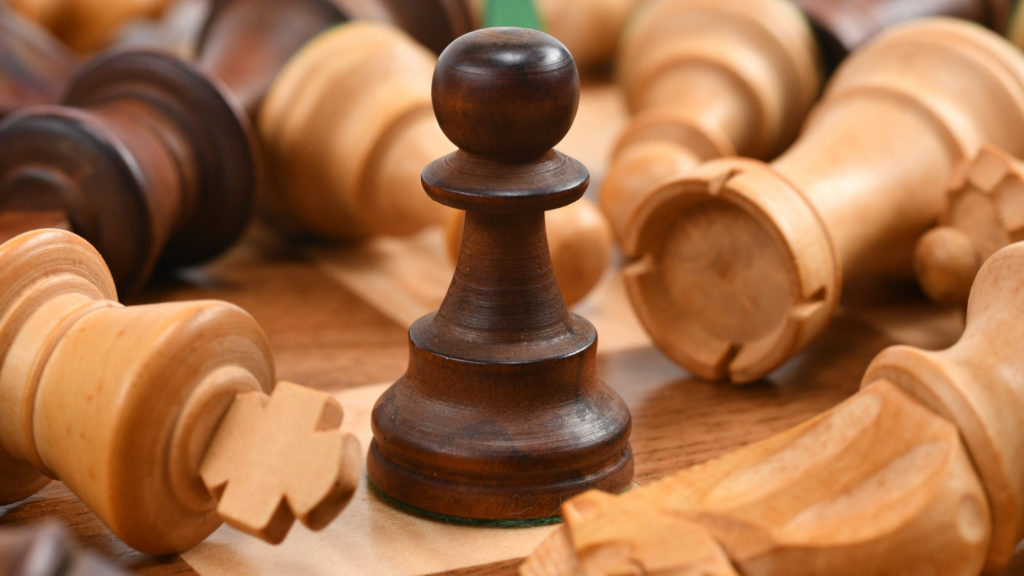
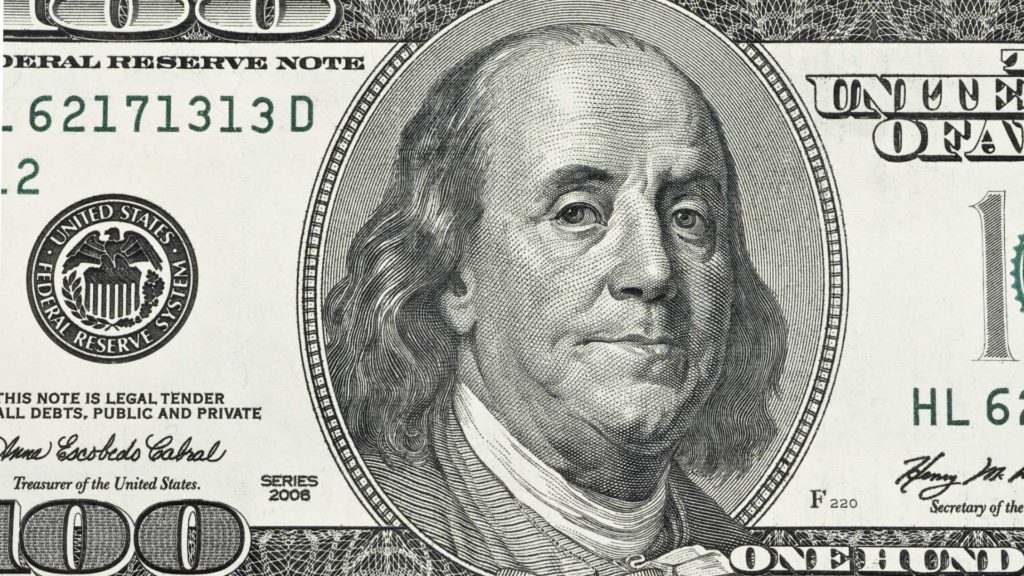

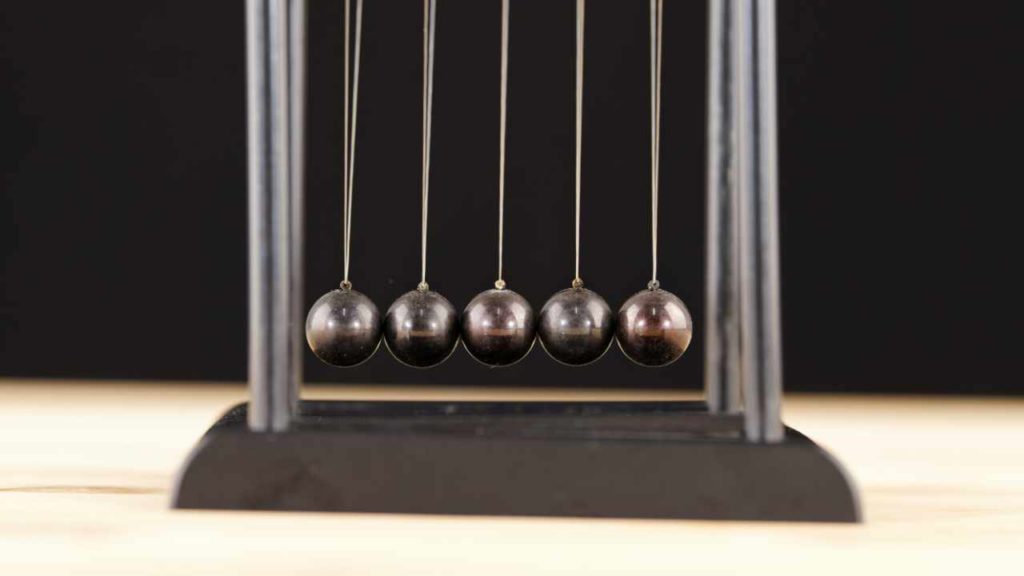
Responses